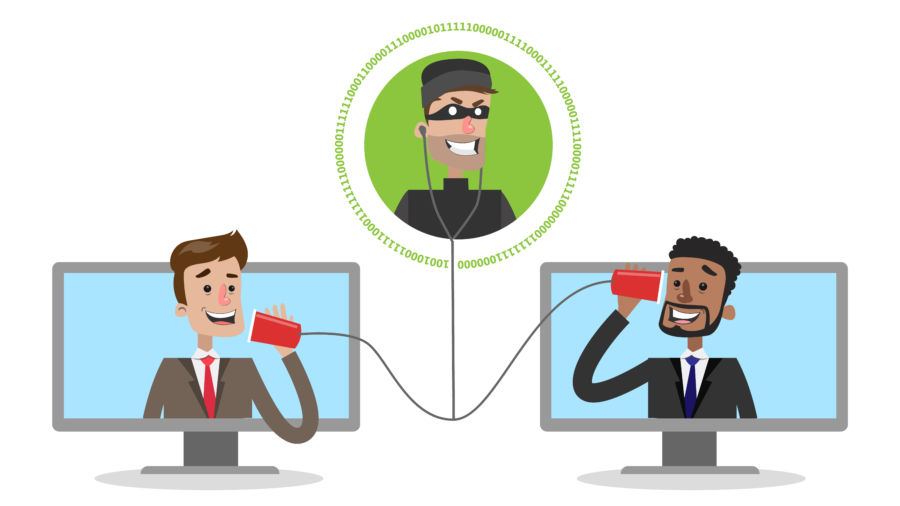So, we are now faced with unprecedented circumstances. A global pandemic is affecting almost every aspect of our lives – including our businesses.
As a DR and BC recovery supplier DSM Group has been inundated with calls regarding anything from team splitting to working from home but is it too late to be considering this? Should your BC plan have been tested and operational by now?
Our advice would be it’s never too late and you certainly shouldn’t bury your head in the sand. You’re not alone. In our experience even those who have the most refined plans are finding themselves in unknown territory at this time.
Here are a few things to consider:
- Keep up to date with the advice from Public Health England: https://www.gov.uk/government/topical-events/coronavirus-covid-19-uk-government-response
- Reduce none essential travel to business critical only.
- Consider splitting your team and working at an alternative site.
- Consider working from home where possible (this is not suitable for all businesses).
- Ensure effective communications with staff, clients and suppliers.
- Cross train employees, especially in essential functions.
- Begin creating or amending your Business Continuity Plan to include pandemic responsewhile always considering the 4 main points; Prevention, Preparedness, Response and Recovery.
Developing a plan is not a fast or simple process but will pay dividends in the future. Once created it should be tested regularly. Allocate responsibility to keeping the plan up to date to key personnel.
Lastly, businesses should consider this an opportunity. While we cannot underestimate the impact this Pandemic can have on businesses, consideration of alternative revenue sources to ensure business survival is always positive.
If you need any help and guidance or would like to consider possible recovery options please feel free to contact us direct support@dsmgroup.co.uk





